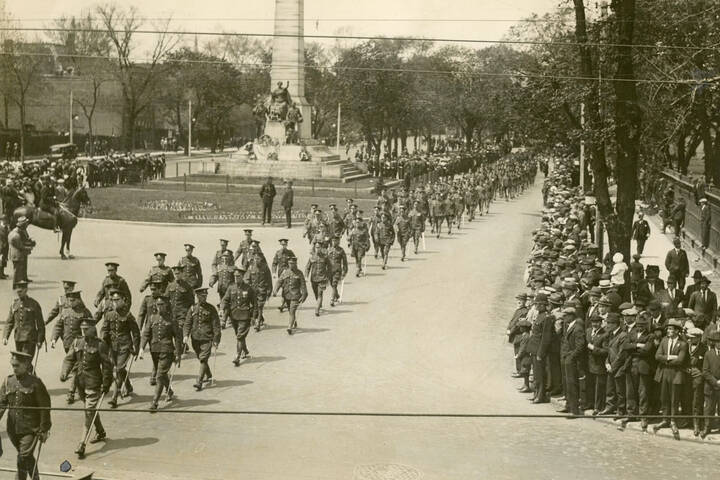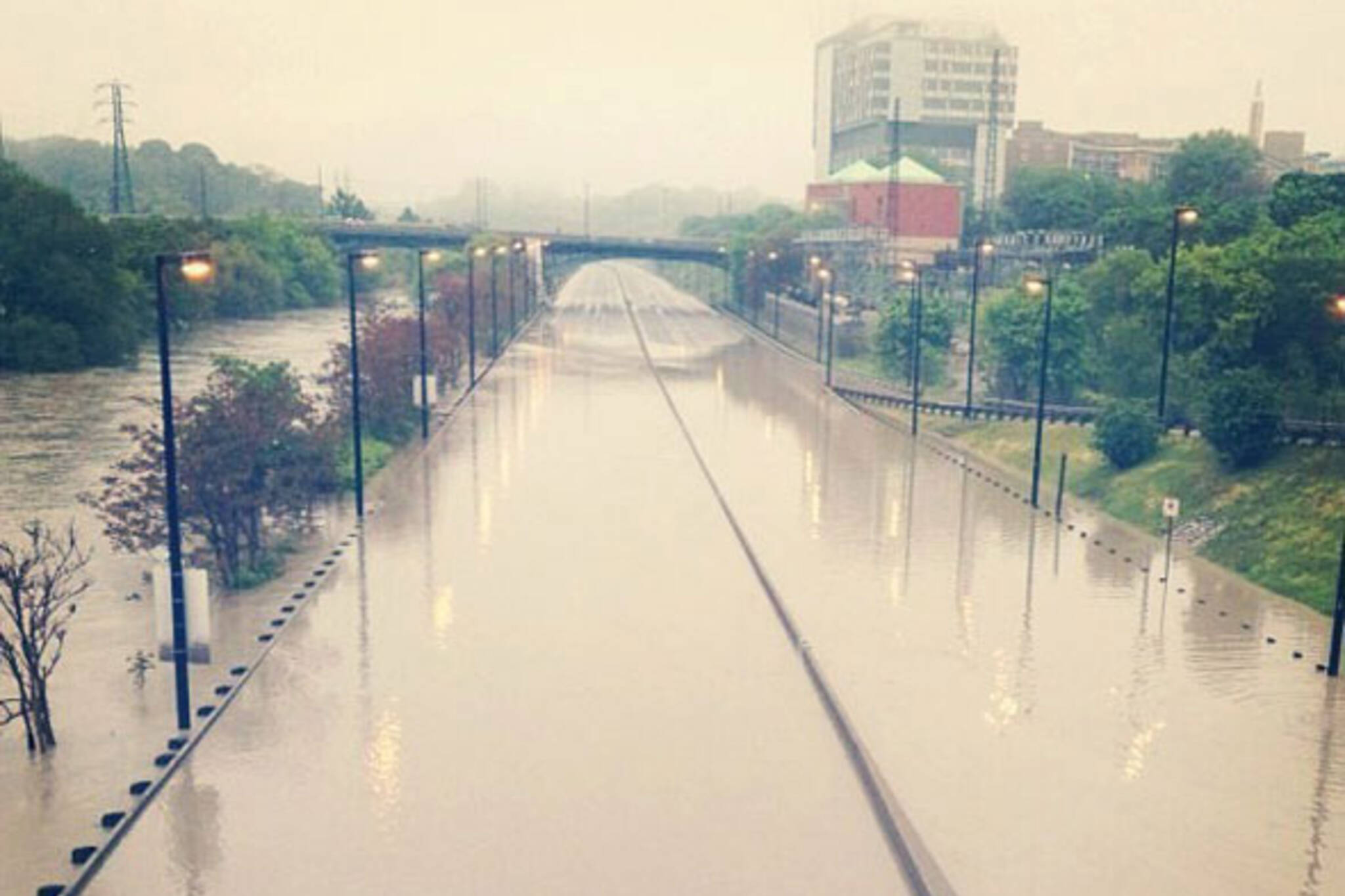
Photos of the Don Valley flood on Instagram
It rained in Toronto last night. In fact, it rained so much that the mighty Don River, tamed and restrained south of Bloor for so many years, rose up, burst free and did a little dance all over the Don Valley Parkway, much to the displeasure of anyone attempting to drive to work in anything other than an Amphicar.
The highway was closed for several hours between Bloor St. and the Gardiner, GO services were disrupted on the Richmond Hill line, and users of the trail system had to find another route (or at least switch to a canoe) while the 60.2 mms of rain that fell on the city found its way in to the harbour.
Amid the diversions, many found time to snap pictures of the water on Instagram before the road re-opened. Here are some of the best shots:
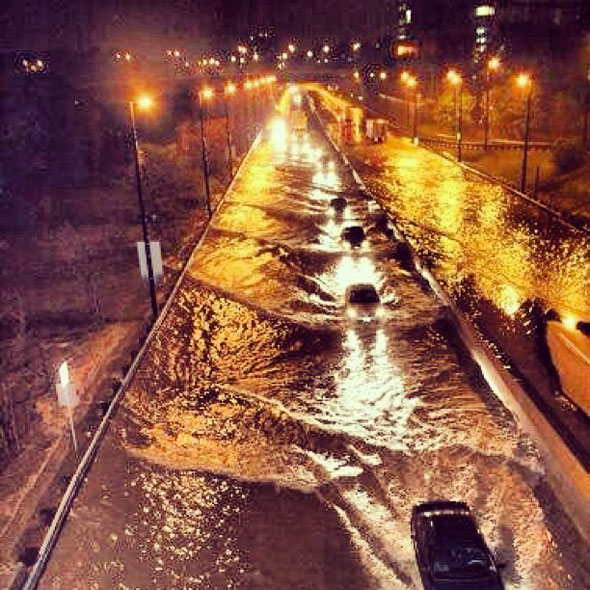
Photo by mattblazys
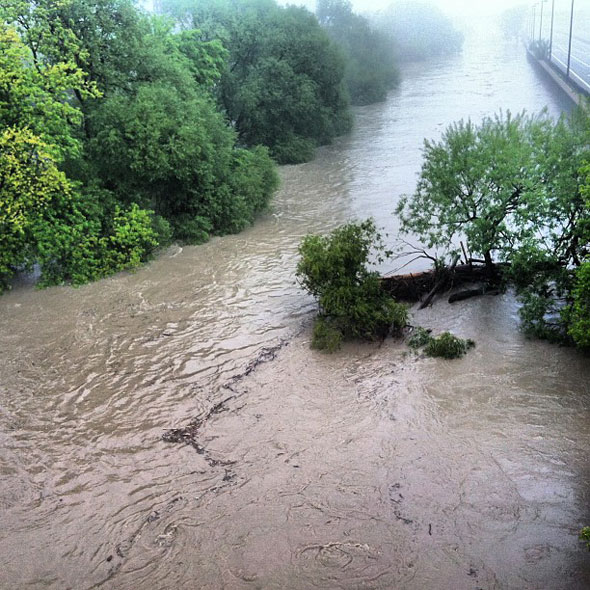
Photo by bec_spring
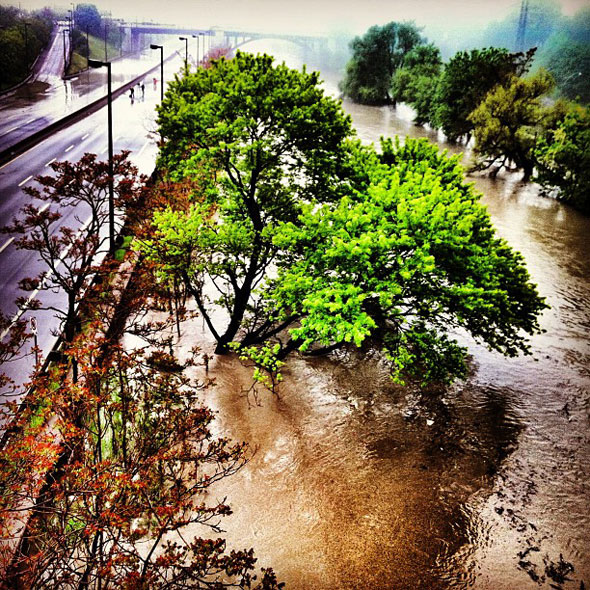
Photo by rmmoralito
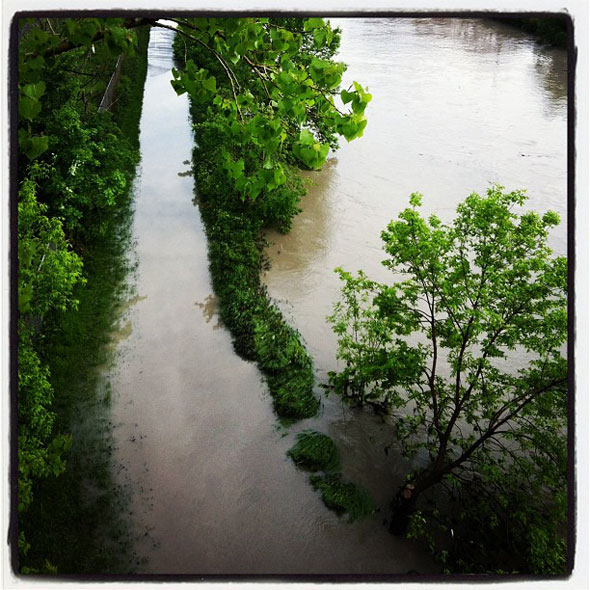
Photo by yeeguan
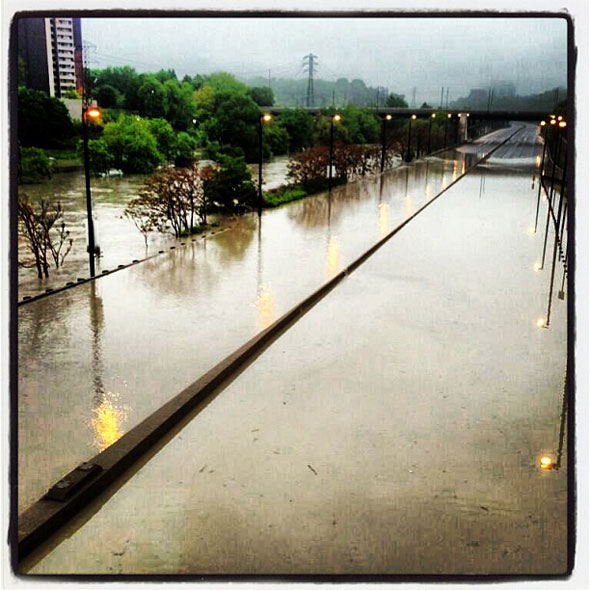
Photo by robbasile
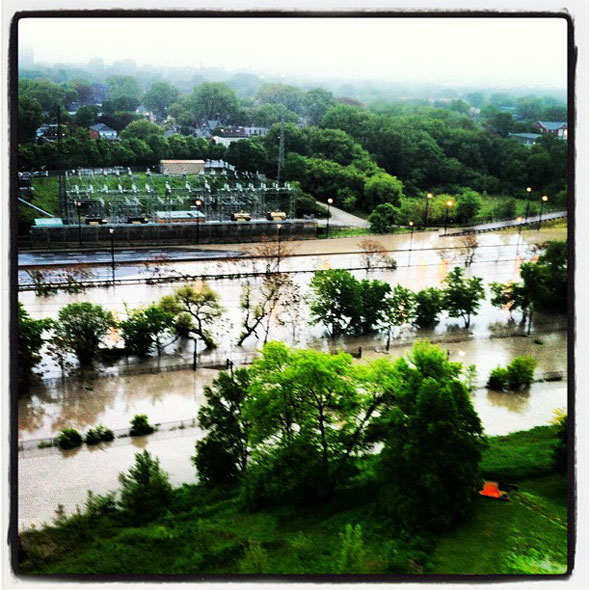
Photo by tea_is_my_favourite_drink
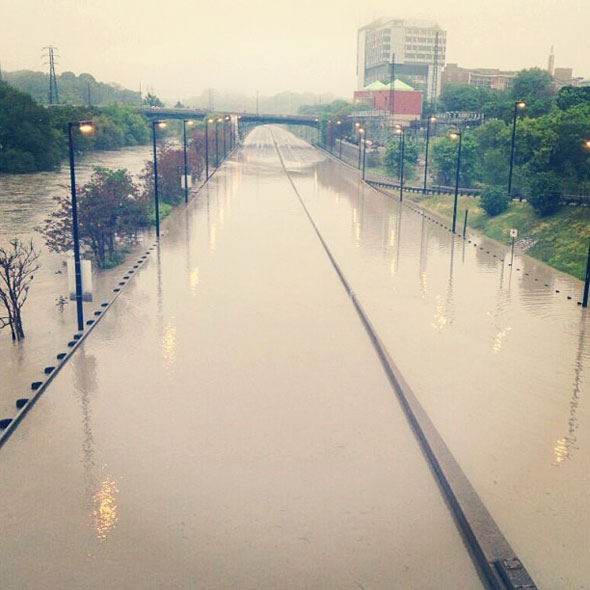
Photo by xdeguzmanhd
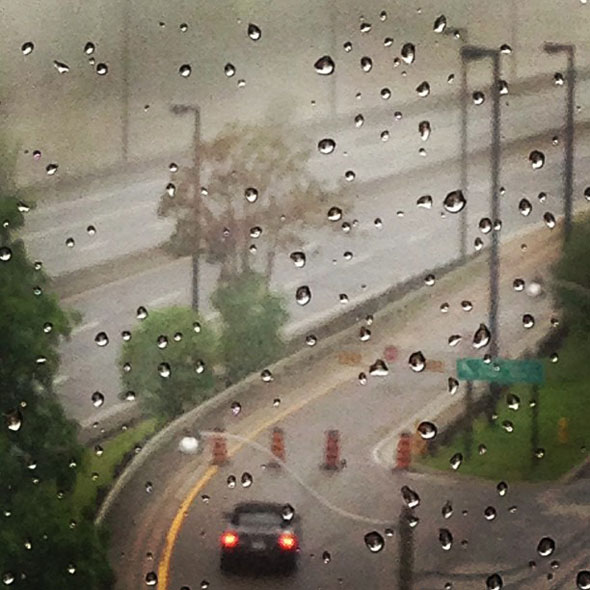
Photo by lpeaceout
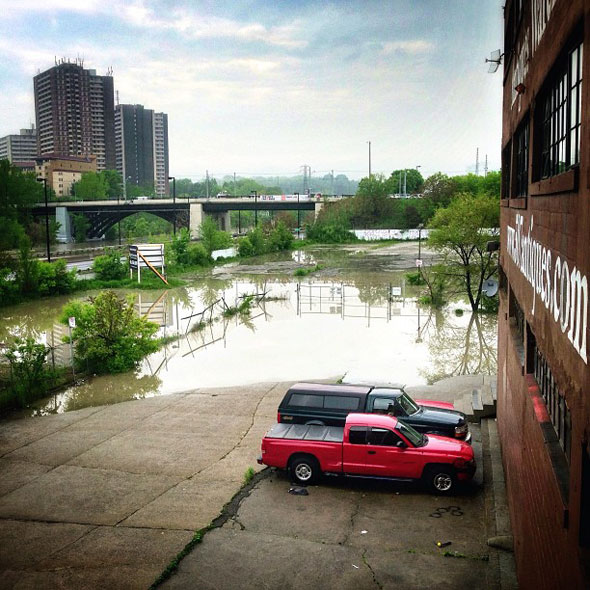
Photo by redclove
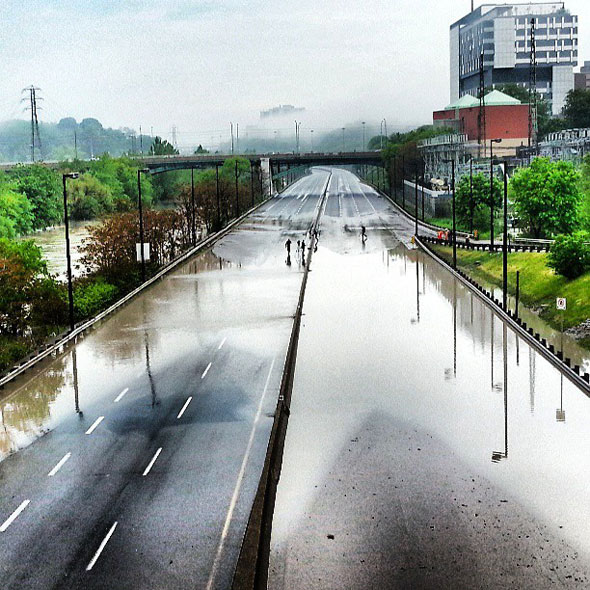
Photo by feelslikekittens
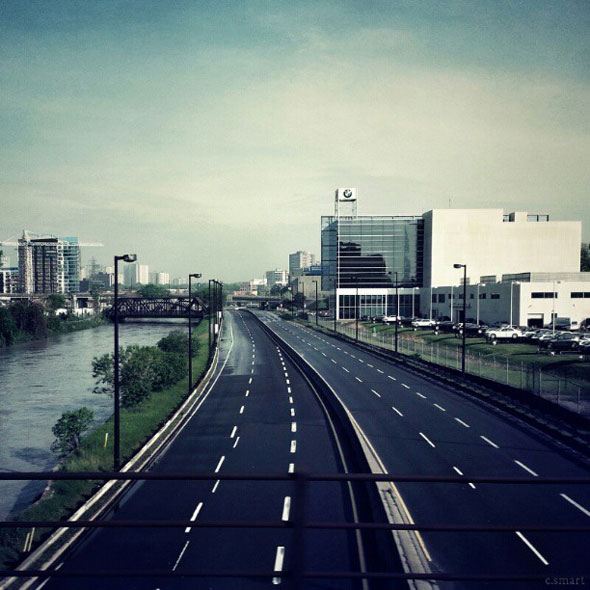
Photo by csmartfx
Chris Bateman is a staff writer at blogTO. Follow him on Twitter at @chrisbateman.
Latest Videos
Latest Videos
Join the conversation Load comments




